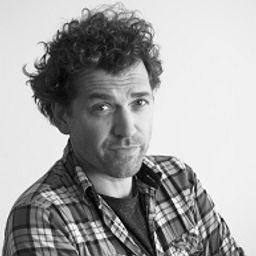09.00 Using Deep History in Urban Planning: Urban Archaeology as Cultural Product
My Session Status
Politicians and planners have seen the value of investing in applied research that will enhance the ability to activate the past in the planning of current and future cities. Our cities contain time capsules filled with history, artifacts, and traces of the past. The urban heritage is visible in the city’s name, monuments, architectural details, streets, parks, and urban spaces, to name just a few places. Other parts of the past are invisible and layered beneath our feet. Our responsibility as researchers, heritage managers, and consultants is to make these time capsules available for the citizens, planners, developers, and managers so that the knowledge and traces of the past can be used in the best way as resources today. Creating a robust city is all about finding knowledge, ways, and means to activate the diverse urban heritage as a valuable resource in present societies.
To arrange urban environments for today's population is a challenge that indicates the need for developing innovative ideas, concepts, and models that are able to integrate heritage in new ways to plan buildings and urban spaces. It will, in this context, be socially wise to draw on a concept regarding “deep cities,” that is, how archaeology as a way of thinking about historical change and a materiality that is relict and fragmented will become a resource in urban planning.
Archaeology in urban environments is more than excavation practices, objects from the past hidden in the soil, and the uncovering of deep urban histories; it is also a way of thinking and reflecting on the past into concepts that can stimulate discussions about how to use the past in present urban development strategies. In this paper, theories of urban archaeology as metaphor and cultural product will be explored in order to determine the potential of using archaeology in city planning. This is elaborated by focusing on how theoretical concepts such as creative destruction, assemblage, (bri-)collage, and palimpsest pinpoint the potential of using archaeology in urban planning.
It will be argued that a concept of “deep cities” that includes ways of thinking about urban archaeology as a cultural product will be a valuable resource in urban planning and urban development strategies, as it combines the need for change, the need for new cultural imprints in the city, and the deep historic continuity of the city.
